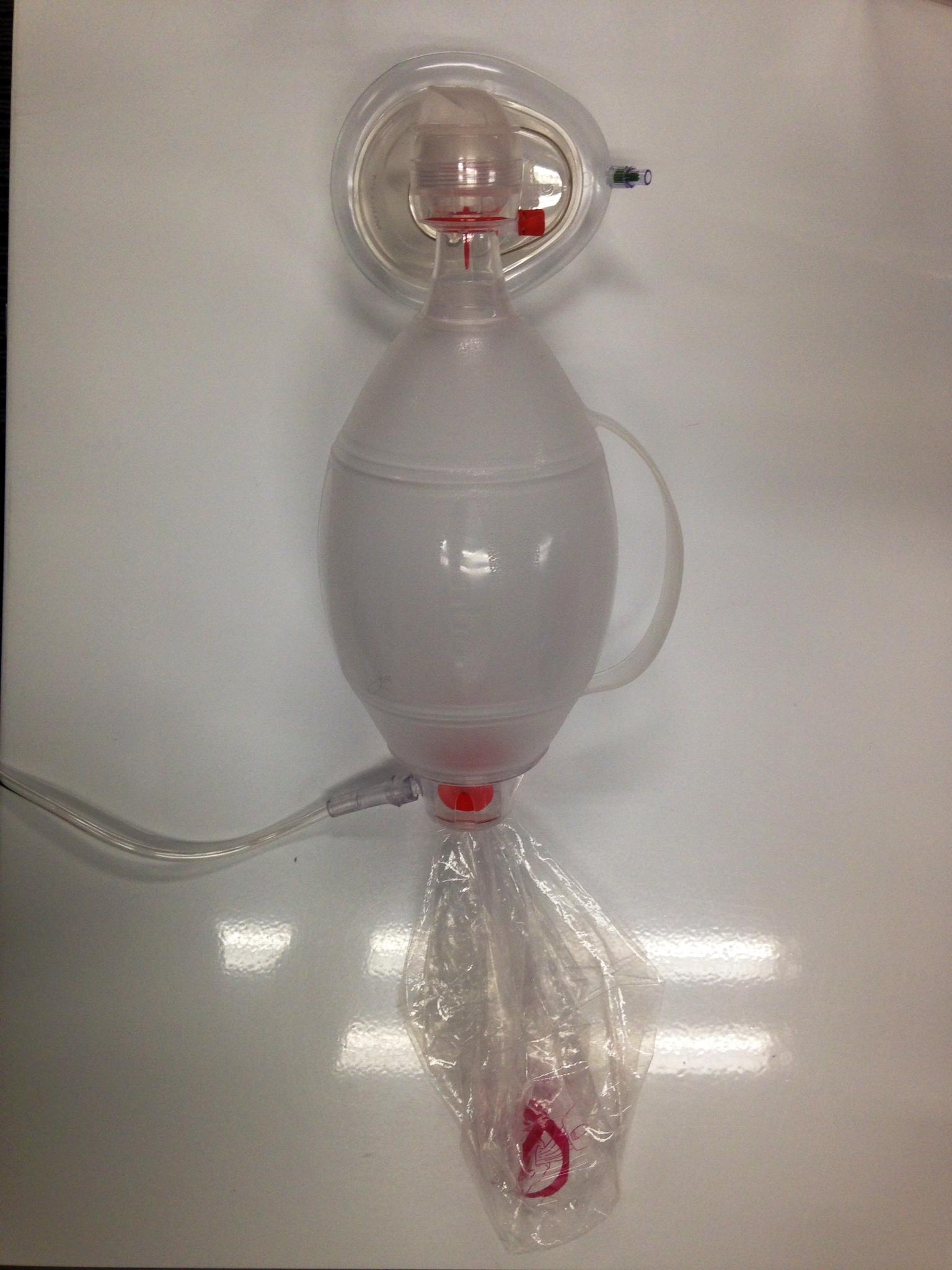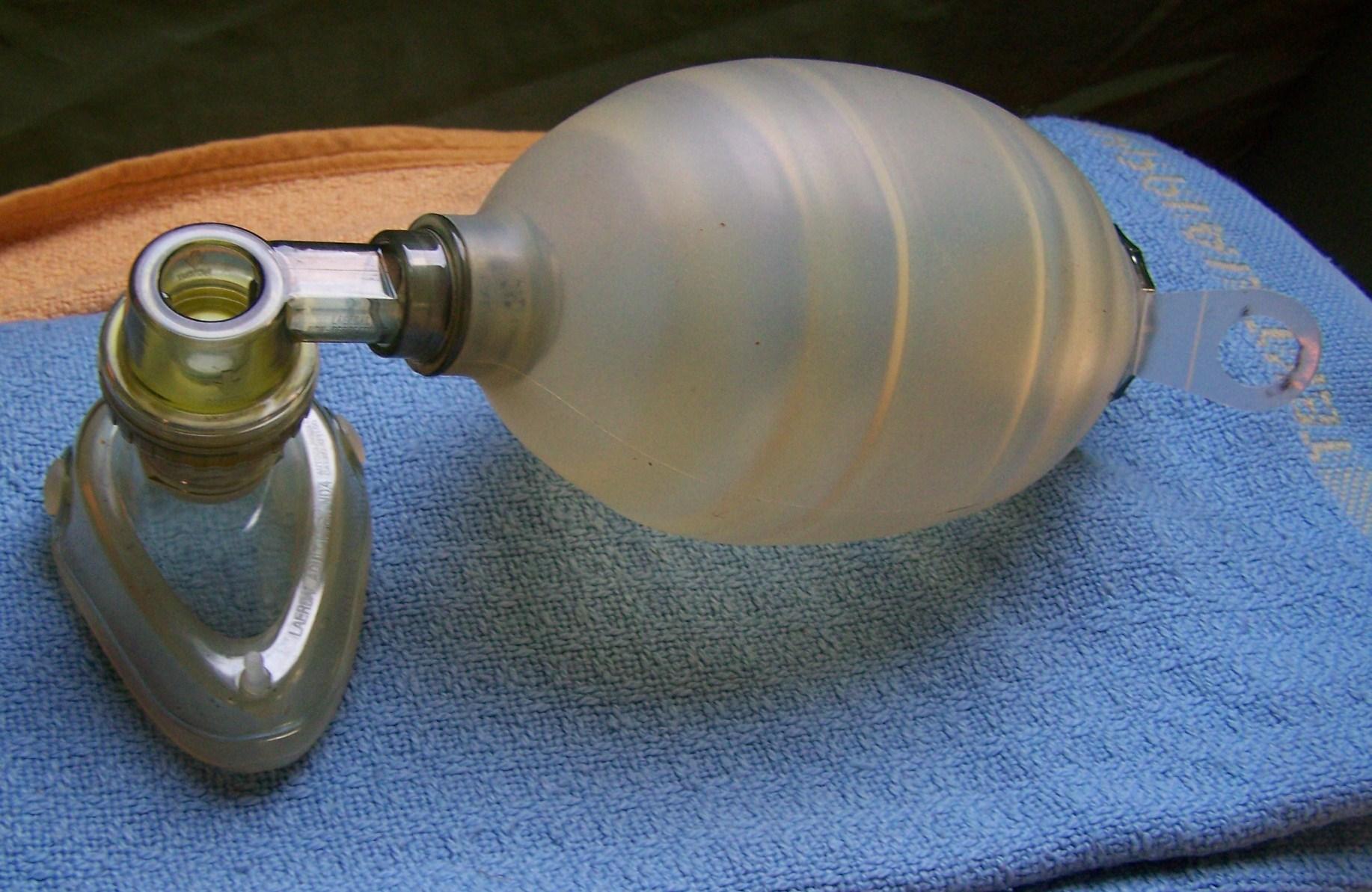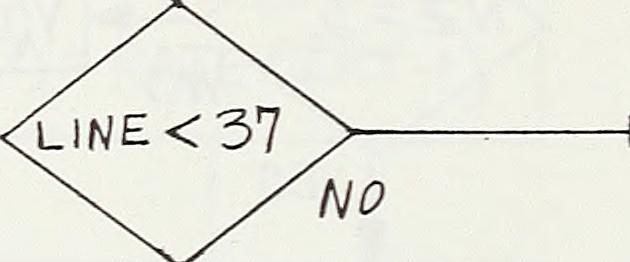
The bag valve mask (BVM) is an essential life-saving tool used in emergency situations to assist with the delivery of oxygen to patients who are unable to breathe adequately on their own. This article aims to provide a comprehensive overview on how to effectively use a bag valve mask, offering step-by-step instructions to ensure proper usage and maximizing patient outcomes. Whether you are a healthcare professional, a first responder, or someone seeking to enhance their emergency medical skills, this guide will equip you with the knowledge and techniques needed to confidently operate a bag valve mask and potentially save lives.
Understanding the Bag Valve Mask and Its Components
A bag valve mask (BVM), also known as manual resuscitator, is a device commonly used in emergency situations to provide positive pressure ventilation to patients who cannot breathe on their own or require assistance. is crucial for healthcare professionals, as it allows for effective and efficient use of this life-saving tool.
The bag valve mask consists of several key components that work together to deliver breaths to the patient. These components include:
Bag: The bag serves as the primary component of the device and is typically made of latex or silicone. It is used to provide positive pressure ventilation by squeezing the bag to deliver air or oxygen into the patient’s lungs.
Valve: The valve, located near the patient connection port, ensures unidirectional flow of air or oxygen from the bag to the patient. It prevents the backflow of exhaled air, maintaining a one-way system.
Patient Connection Port: This is the part of the bag valve mask that is attached to a face mask or endotracheal tube to deliver breaths to the patient. It is designed to form a secure seal with minimal leakage.
Oxygen Reservoir: Some bag valve masks come with an attached oxygen reservoir, which can be used to deliver a higher concentration of oxygen to the patient. The oxygen reservoir is typically a transparent bag attached to the main bag, allowing for monitoring of oxygen flow.
Pressure Relief Valve: The pressure relief valve is a safety feature that prevents excessive pressure from building up in the bag or patient’s airway. It opens at a specific pressure threshold, diverting excess gas to the atmosphere, thus protecting the patient from barotrauma.
When using a bag valve mask, it is important to follow proper technique to ensure effective ventilation. Here are some key steps to keep in mind:
Ensure a proper seal: Place the mask over the patient’s nose and mouth, making sure it fits snugly to create an airtight seal. If using an endotracheal tube, ensure it is correctly inserted into the patient’s trachea.
Squeeze the bag: Use both hands to compress the bag, delivering a breath into the patient’s airway. The bag should be squeezed firmly enough to provide adequate tidal volume but not excessively, as it can lead to lung overinflation.
Observe chest rise: Watch for the rise and fall of the patient’s chest with each breath. This confirms that the ventilation is being delivered effectively and that the airway is open.
Monitor oxygen flow: If an oxygen reservoir is being used, ensure that oxygen is flowing into the bag and adjust the flow rate as needed to achieve the desired concentration.
Assess the patient’s response: Continuously monitor the patient’s vital signs and adjust ventilation parameters as necessary to maintain adequate oxygenation and ventilation.
is crucial for healthcare providers, as it enables prompt and effective resuscitation efforts. By following proper technique and utilizing the various components of the device, healthcare professionals can provide life-saving ventilation to patients in need.

Proper Preparations for Using a Bag Valve Mask
The Importance of Proper Preparations
Using a bag valve mask (BVM) is a crucial skill in emergency situations where a patient’s breathing is compromised. Whether you are a healthcare professional or a layperson providing first aid, it is essential to be well-prepared and familiar with the proper techniques involved in using a BVM. By following these preparations, you can ensure that you are ready to deliver effective ventilation when it matters the most.
Checklist for Preparing a Bag Valve Mask
Before using a BVM, it is important to gather all the necessary equipment and ensure its proper functioning. Consider the following checklist:
- Bag Valve Mask: Verify that the mask is in good condition, without any tears or leaks. Check the one-way valve for proper function.
- Oxygen Supply: Ensure access to an oxygen source, such as an oxygen cylinder or wall outlet. Check the oxygen flow and pressure.
- Suctioning Equipment: Keep suctioning equipment nearby to quickly clear the patient’s airways if needed.
- Size Selection: Have various sizes of masks available to accommodate patients of different ages and sizes.
- Head Positioning: Position the patient’s head in a neutral position to promote optimal airflow and minimize obstruction.
Steps for Properly Using a Bag Valve Mask
Once you have prepared your equipment, follow these steps to use a BVM:
- Seal the Mask: Place the mask over the patient’s nose and mouth, ensuring a tight seal. Use both hands to hold the mask securely.
- Administer Oxygen: Connect the oxygen tubing to the BVM and adjust the flow rate according to the patient’s needs.
- Provide Ventilation: Compress the bag with a firm, but controlled grip. Watch for chest rise and fall to ensure proper delivery of breaths.
- Monitor Airway: Continuously monitor the patient’s airway for any signs of obstruction or regurgitation. Suction if necessary.
- Seek Professional Help: While using a BVM can provide temporary ventilation, it is crucial to seek professional medical assistance as soon as possible.
Common Mistakes to Avoid
Using a BVM correctly requires proper technique. Avoid these common mistakes that can hinder effective ventilation:
- Inadequate Seal: Ensure a proper seal over the patient’s face to prevent air leakage.
- Overinflation: Avoid forcefully squeezing the bag, which may lead to overinflation and potential lung damage.
- Underinflation: Insufficient breath delivery can result in inadequate oxygenation. Properly compress the bag to deliver an appropriate volume of air.
- Improper Head Position: The patient’s head should be positioned to maintain an open airway, allowing for unrestricted breathing.
- Delay in Seeking Help: Remember to call emergency services or seek medical assistance as soon as possible, as a BVM is a temporary measure.
| Size | Suggested Population |
| Size 0 | Infants, newborns, and preterm babies |
| Size 1 | Infants and small children |
| Size 2 | Toddlers and older children |
| Size 3 | Children and smaller adults |
| Size 4 | Most adults |
| Size 5 | Larger adults |
Remember, proper preparations and knowledge of using a bag valve mask are essential to provide life-saving support in respiratory emergencies. Regularly refresh your skills, seek professional training, and stay updated with any new guidelines or recommendations in order to confidently handle critical situations.

Step-by-Step Guide to Using a Bag Valve Mask Correctly
Using a bag valve mask (BVM) correctly is crucial in providing effective ventilation to a patient who is unable to breathe on their own. This step-by-step guide will walk you through the process of using a BVM correctly, ensuring you are equipped to handle emergency situations with confidence.
Step 1: Prepare the equipment
- Gather the necessary supplies, including a properly sized mask, a BVM device, and oxygen source.
- Check the BVM for any damage or defects before use.
- Ensure the oxygen source is connected securely to the device.
Step 2: Position the patient
- Place the patient on a firm surface, such as a backboard or stretcher, ensuring they are in a stable position.
- Position the patient’s head in a neutral alignment, ensuring their airway is open and unobstructed.
Step 3: Properly seal the mask
- Choose an appropriately sized mask for the patient’s face, ensuring it covers both the nose and mouth.
- Hold the mask firmly against the patient’s face, using the thumb and index finger to form a seal.
- Securely hold the mask in place using the remaining fingers.
Step 4: Squeeze the bag
- Hold the BVM with one hand, covering the inlet valve with your thumb or index finger.
- Using your other hand, squeeze the bag in a controlled manner to deliver a breath to the patient.
Step 5: Monitor and adjust
Throughout the process, constantly monitor the patient’s response and adjust your technique as needed. Observe for chest rise and fall, ensuring proper ventilation is occurring. If necessary, reposition the mask or adjust the pressure applied during bag squeezing.
| Common Mistakes | Corrective Actions |
|---|---|
| Misalignment of the mask | Reposition the mask to cover the nose and mouth properly. |
| Inadequate mask seal | Apply firm pressure with thumb and index finger to create an airtight seal. |
| Inadequate breath delivery | Ensure controlled and sufficient squeezing of the bag to deliver an appropriate volume of air. |
By following these steps and being mindful of common mistakes, you can properly use a bag valve mask and provide life-saving ventilation to those in need. Remember to remain calm, communicate with your team, and always prioritize the patient’s well-being.

Important Considerations and Safety Precautions When Operating a Bag Valve Mask
When it comes to operating a bag valve mask (BVM), there are several important considerations and safety precautions that one must keep in mind. These devices play a crucial role in providing positive pressure ventilation to patients in emergency situations, and therefore require careful handling and attention to detail.
1. Proper Technique:
Using a BVM requires proper technique to ensure effective ventilation. Before starting, make sure to position the patient correctly, with their head tilted back and their chin lifted. This helps to open up their airway and allows for better airflow. Additionally, ensure a good seal between the mask and the patient’s face, and maintain a firm grip on the mask to prevent air leaks.
2. Assess Oxygen Flow:
Before using a BVM, it is important to properly assess the oxygen flow. Check the oxygen source and gauge to ensure that an adequate flow is being delivered to the patient. Remember, oxygen is essential for maintaining oxygen saturation levels in the patient’s blood and increasing the effectiveness of ventilation.
3. Avoid Overinflation:
One of the key safety precautions when operating a BVM is to avoid overinflating the lungs. Overinflation can lead to lung damage and barotrauma, especially in patients with compromised lung function. It is crucial to closely monitor the patient’s chest rise and fall while providing ventilation and to adjust the pressure accordingly.
4. Monitor Patient Response:
Continuous monitoring of the patient’s response to BVM ventilation is important. Watch for signs of improved or deteriorating respiratory status, such as increased oxygen saturation levels, improved breath sounds, or changes in the patient’s mental status. Promptly adjust your technique or seek medical assistance if there are any concerning changes in the patient’s condition.
5. Clean and Maintain Equipment:
Regularly cleaning and maintaining your BVM equipment is crucial to ensuring its proper functioning and preventing the spread of infections. Clean all components of the device thoroughly after each use and follow the manufacturer’s instructions for sterilization. Store the BVM in a clean, dry place, and regularly inspect it for any signs of wear or damage.
| Precautions | Explanation |
|---|---|
| Use a correct-sized mask | A mask that is too small or too large may not provide a proper seal, affecting the effectiveness of ventilation. |
| Check for proper bag compression | Ensure that the bag is compressed fully but not excessively, allowing for adequate airflow and preventing overinflation. |
| Train in the use of BVM | Proper training ensures you are confident and competent in the use of a BVM, improving patient safety. |
By following these important considerations and safety precautions, you can confidently and safely operate a bag valve mask, ensuring effective ventilation for patients in need. Remember, the proper use of this device can potentially be lifesaving in emergency situations.

Evaluating Effectiveness and Ensuring Optimal Use of the Bag Valve Mask
When it comes to emergency medical situations, the bag valve mask (BVM) can be a lifesaver. This handheld device is designed to deliver oxygen to a patient who is not breathing adequately or has lost consciousness. However, using the BVM requires proper technique and knowledge to ensure its effectiveness and that it is used optimally. In this post, we will discuss key factors to consider when evaluating the effectiveness of the BVM and methods for ensuring its optimal use.
1. Monitoring Patient Response
One of the most crucial aspects of using a BVM is continuously monitoring the patient’s response. Pay attention to signs of improvement, such as the rise in oxygen saturation levels, chest movement, or the return of consciousness. If there is no improvement, reassess the position of the mask and the seal to ensure it is properly fitted. Regularly checking for vital signs, including heart rate and respiratory rate, can provide valuable information about the effectiveness of the BVM.
2. Proper Mask Seal
A proper mask seal is essential for the BVM’s optimal use. Without an airtight seal, the device may not deliver the necessary oxygen effectively. Make sure to position the mask correctly over the patient’s nose and mouth, ensuring a snug fit. An incorrect or loose mask seal can result in air leaks and a decrease in the effectiveness of ventilation efforts.
3. Correct Ventilation Technique
Using the correct ventilation technique is key to ensuring optimal use of the BVM. Remember to maintain a consistent rate and depth of breaths, typically around 10-12 breaths per minute for adults. Avoid excessive force when squeezing the bag and be mindful of the patient’s tolerance. Overventilation can lead to complications, such as gastric distension. Regularly reassessing the chest rise and fall during ventilation can help determine the effectiveness of your technique.
4. Training and Practice
Proficiency in using a BVM requires adequate training and regular practice. Health care providers should receive proper instruction and hands-on training to ensure they are comfortable and competent in operating the device. Simulated scenarios are also valuable in assessing the effectiveness of the BVM and allowing individuals to practice their skills in a controlled environment.
5. Documentation and Quality Assurance
Documenting the use of the BVM is crucial for quality assurance purposes. It allows for a record of the equipment used, the techniques employed, and the patient’s response. This documentation can help identify areas for improvement and ensure that the BVM is used optimally in future cases. Regular review of these records can contribute to ongoing evaluation and the enhancement of overall emergency medical care.
Q&A
Q: What is a Bag Valve Mask (BVM) used for?
A: A Bag Valve Mask, also known as a resuscitator or an Ambu bag, is a device used to provide artificial ventilation to individuals who are unable to breathe on their own or require assisted breathing.
Q: How does a Bag Valve Mask work?
A: The Bag Valve Mask consists of a self-inflating bag, a one-way valve, and a face mask. When squeezed, the bag delivers oxygen to the patient’s lungs, mimicking the process of inhalation and exhalation.
Q: Who may need to use a Bag Valve Mask?
A: Bag Valve Masks are commonly used by healthcare professionals, emergency medical services, and trained first responders in situations where a patient’s breathing is compromised or has stopped entirely.
Q: When should a Bag Valve Mask be used?
A: A Bag Valve Mask should be utilized when a patient is not breathing or experiencing inadequate breathing due to medical emergencies such as cardiac arrest, respiratory failure, or traumatic injuries.
Q: How should one prepare to use a Bag Valve Mask?
A: Before using a Bag Valve Mask, ensure it is assembled and in proper working condition. Check the flow of oxygen or attached reservoir, the valve’s functionality, and the mask’s integrity. It’s also important to position the patient correctly for effective ventilation.
Q: How should a Bag Valve Mask be positioned and used?
A: Place the face mask firmly over the patient’s nose and mouth, while maintaining a secure seal. Squeeze the bag with two hands to initiate ventilation, allowing the chest to rise. Release the bag to enable exhalation. Maintain a consistent rhythm, adapting to the patient’s needs.
Q: Are there any potential risks associated with using a Bag Valve Mask?
A: Improper use of a Bag Valve Mask can lead to complications such as gastric insufflation, barotrauma, or inadequate ventilation. Proper training and experience are essential to minimize risks and ensure patient safety.
Q: How does one choose the correct Bag Valve Mask size for a patient?
A: The size of the Bag Valve Mask should match the patient’s face, providing a snug and secure fit. Selecting the right size is crucial for creating an effective seal and ensuring optimal ventilation.
Q: Is training required to use a Bag Valve Mask?
A: Yes, proper training is essential for anyone who may need to use a Bag Valve Mask. Healthcare professionals, emergency responders, and individuals responsible for providing first aid should receive thorough training and practice on its correct usage.
Q: Can Bag Valve Masks be used on pediatric patients?
A: Yes, special pediatric sizes of Bag Valve Masks are available for use on children. It’s important to select the appropriate size to ensure proper fit and ventilation for pediatric patients.
Q: Are there any alternatives to using a Bag Valve Mask?
A: While Bag Valve Masks are commonly used in emergency situations, there are alternative methods for assisting adult or pediatric patients’ breathing, such as mouth-to-mask resuscitation, mouth-to-mouth resuscitation, or other specialized ventilators. In conclusion, understanding how to use a bag valve mask is an essential skill that can save lives in emergency situations. This device serves as an effective tool for providing immediate respiratory support, especially when traditional methods may not be feasible. By following the step-by-step process of ensuring a secure seal, properly delivering breaths, and monitoring the patient’s response, you can effectively administer ventilation and oxygenation. However, it is vital to consult with healthcare professionals and undergo proper training to gain confidence and expertise. Remember, staying calm and composed during emergencies is crucial, as it allows for more accurate and effective bag valve mask usage. With the knowledge and skills imparted in this article, you are now equipped to respond promptly and efficiently during critical moments when every breath counts.






